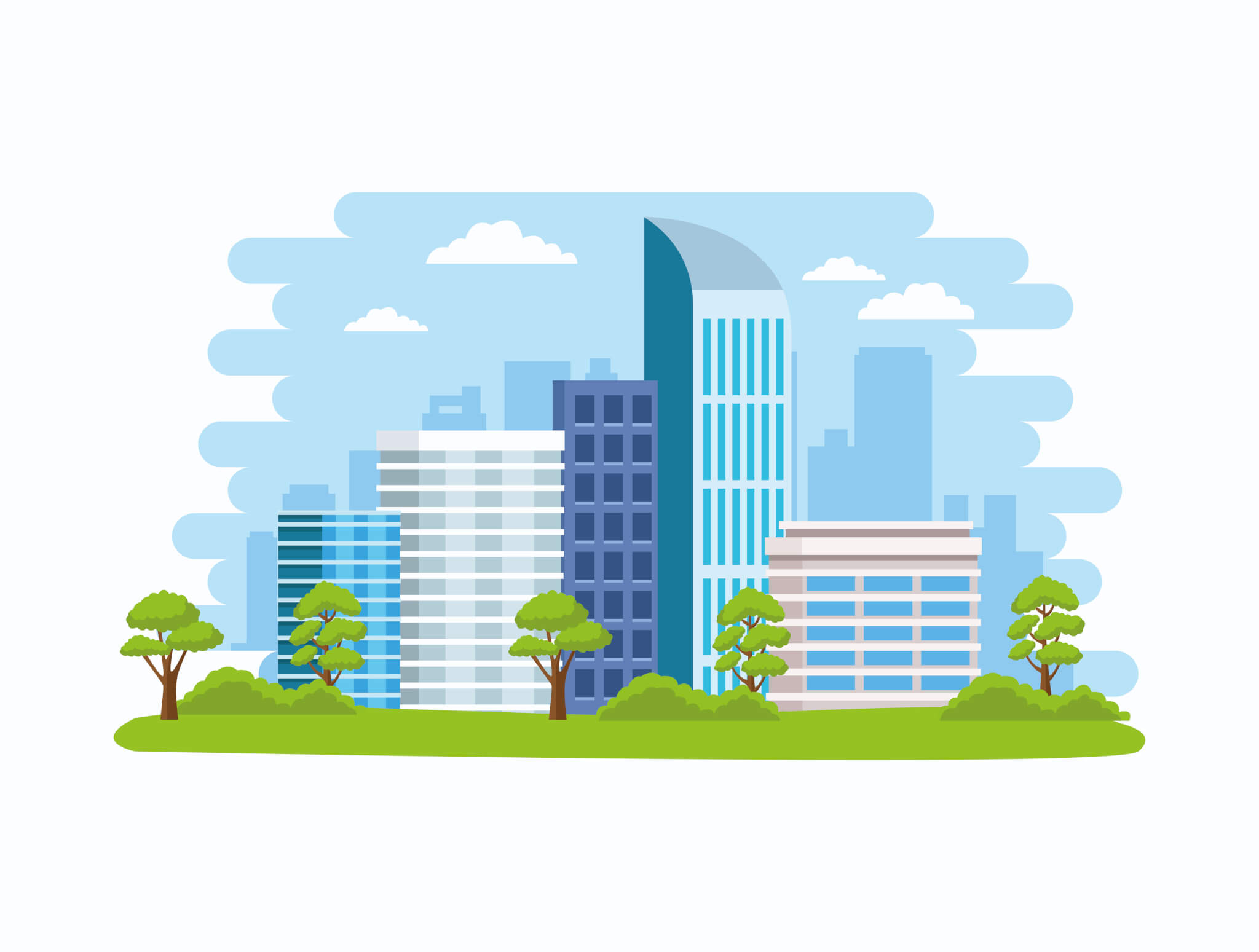April 26, 2023
Introduction to LEED Certification
Leadership in Energy and Environmental Design (LEED) is a globally recognized certification program that highlights buildings and communities that prioritize sustainability in their design, construction, and operation. Developed by the U.S. Green Building Council (USGBC), LEED is the world’s most widely used green building rating system.
What is LEED Certification and How Does It Work?
The LEED certification process evaluates a building’s environmental impact across multiple categories, including sustainable site development, water efficiency, energy and atmosphere, materials and resources, indoor environmental quality, and innovation in design. Buildings are awarded points based on their performance in each of these areas, and the total points determine their certification level. The four certification levels are:
- Certified
- Silver
- Gold
- Platinum (the highest recognition)
Why LEED Matters
LEED certification is a voluntary program open to all types of buildings—commercial, residential, and institutional. Buildings that earn LEED certification have been shown to have lower operating costs, higher asset value, and increased occupancy rates compared to non-certified buildings. Additionally, LEED-certified buildings provide healthier, more comfortable environments for their occupants due to improved indoor air quality and access to natural light and views.
Key Benefits of LEED-Certified Buildings
LEED-certified buildings contribute significantly to reducing environmental impacts. Some of the key benefits include:
- Lower Operating Costs: LEED buildings typically consume less energy and water, leading to significant cost savings over time.
- Increased Asset Value: LEED certification can make buildings more attractive to investors, enhancing their marketability and resale value.
- Healthier Occupants: With enhanced indoor air quality, better ventilation, and access to daylight, LEED buildings promote healthier, more productive environments for those who occupy them.
The LEED Certification Process: Step-by-Step
- Pre-Certification: Initial evaluation of the building’s goals and strategies for sustainability.
- Design and Construction: The building must meet specific LEED criteria during the design and construction phases.
- Certification Submission: After construction, the project team submits documentation to the USGBC demonstrating how the building meets LEED standards.
- Final Review and Award: Based on the submission, the building is awarded one of four certification levels (Certified, Silver, Gold, Platinum).
How LEED Contributes to Sustainable Building Practices
LEED has evolved over time to adapt to various building types and geographical locations, ensuring that sustainability practices are integrated across a range of projects. In addition to certifying whole buildings, the LEED program also includes certifications for interior spaces, building operations and maintenance, and even neighborhood development.
LEED and Its Role in Reducing Greenhouse Gas Emissions and Waste
Through its emphasis on energy efficiency, water conservation, and sustainable material use, LEED has led to substantial reductions in greenhouse gas emissions, water consumption, and waste generation in the building sector. Furthermore, LEED-certified buildings often incorporate innovative technologies that contribute to these reductions, such as energy-efficient systems, renewable energy sources, and water-saving fixtures.
LEED’s Influence on Building Codes and Industry Standards
LEED has had a profound impact on building codes and industry standards, inspiring new, more sustainable construction practices. The program encourages the adoption of innovative strategies and technologies that continue to shape how buildings are designed, constructed, and operated.
LEED Certification: A Voluntary Program with Global Recognition
LEED certification is not only a mark of environmental responsibility; it also provides recognition for efforts to create healthier, more sustainable built environments. Whether for a small residential project or a large commercial development, obtaining LEED certification helps ensure that buildings meet the highest standards of sustainability.
Transforming the Built Environment with LEED
LEED certification is an essential tool for promoting sustainability in the building industry. It provides measurable benefits to building owners, occupants, and the environment, and has been instrumental in advancing green building practices worldwide. LEED has proven to be a driving force in reducing the environmental impacts of buildings while promoting the long-term health and well-being of their occupants.
Working on a Sustainable Project?
AIA Document E204-2017 Sustainable Projects Exhibit is a valuable resource for projects focused on sustainability, including those aiming to achieve certifications like LEED. The document addresses the unique risks, responsibilities, and opportunities involved in sustainable design and construction, ensuring that your project aligns with the latest green building standards.
AIA Contract Documents has provided this article for general informational purposes only. The information provided is not legal opinion or legal advice and does not create an attorney-client relationship of any kind. This article is also not intended to provide guidance as to how project parties should interpret their specific contracts or resolve contract disputes, as those decisions will need to be made in consultation with legal counsel, insurance counsel, and other professionals, and based upon a multitude of factors.

